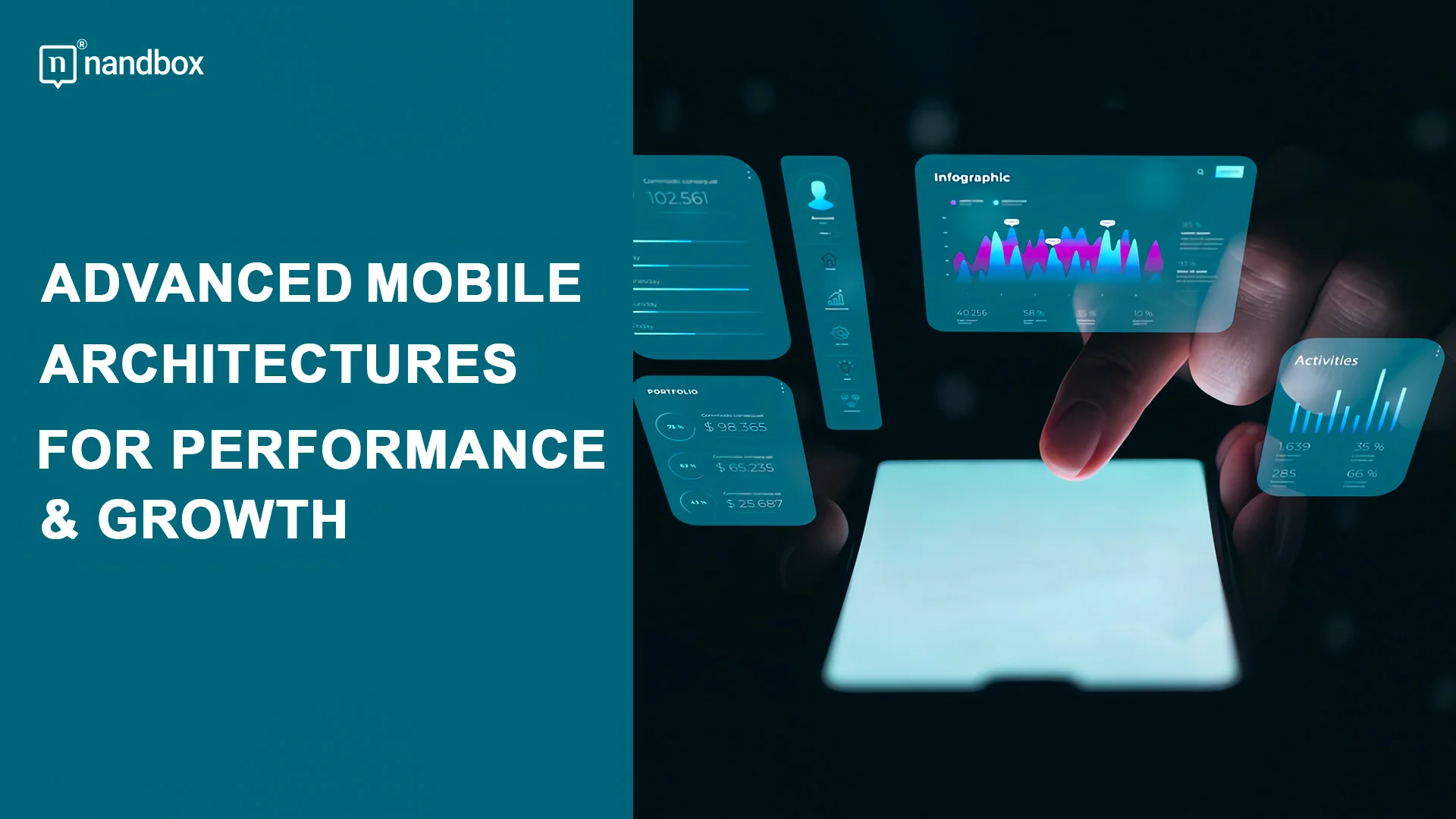In an era where technology evolves at lightning speed, staying informed about mobile architecture advancements is crucial for developers. As mobile applications become more integral to our daily lives, the need for efficient and secure development processes intensifies. Embracing these innovations not only enhances functionality but also delivers unparalleled user experiences. The landscape of mobile app development has undergone significant transformations over the years. Initially, apps were designed with basic functionalities, but as consumer demands grew, so did the complexity and capabilities of these applications.
Today, understanding and integrating advanced mobile architectures are paramount for developers aiming to create cutting-edge apps that stand out in a saturated market. These advancements offer new opportunities to optimize performance and enhance security, essential components in delivering exceptional user experiences. Additionally, incorporating an Ad Server into your app’s framework can significantly boost monetization and user engagement through targeted advertising strategies.
Mobile Architecture Advances
Mobile architecture refers to the structural design and technology stack that supports the development and operation of mobile applications. Recent advancements in this field have introduced modular designs, which allow developers to build apps in separate components or modules. This modularity not only facilitates easier maintenance and updates but also enhances the overall functionality and user experience of the app. One of the key developments in mobile architecture is the move to microservices, which offer a scalable approach by breaking down applications into smaller, independent services. This enables developers to work on different parts of an application simultaneously, improving efficiency and reducing development time. Moreover, incorporating these architectural improvements ensures that your app can adapt quickly to changing user needs and technological shifts.
The integration of advanced architectures goes hand-in-hand with performance optimization techniques. By leveraging these architectural designs, you can achieve faster load times and seamless user interactions, both critical factors in retaining users and enhancing satisfaction. The ability to integrate modern technologies such as AI and machine learning further amplifies the potential of these architectures, allowing for more personalized and dynamic app experiences.
Impact on App Development
The evolution of mobile architecture is reshaping how apps are developed from the ground up. By adopting these advanced structures, developers can streamline their processes, making them more efficient while significantly improving security measures. For instance, modular architectures facilitate easier testing and debugging by isolating issues within individual components rather than affecting the entire application.
This shift to more sophisticated architectural designs also means that developers have greater flexibility in how they approach app creation. They can experiment with different features without compromising the core functionality of the app. Furthermore, enhanced security protocols embedded within these architectures protect against vulnerabilities that could otherwise expose user data or disrupt service continuity. Adopting advanced architectures has numerous benefits beyond just efficiency and security. It also opens up new possibilities for innovation by enabling developers to integrate cutting-edge technologies seamlessly into their apps. This adaptability is crucial in a competitive digital landscape where user expectations continue to rise.
Integrating Ad Server Technology
Understanding how an ad server fits into your mobile application is essential for maximizing its potential reach and engagement. Advanced mobile architectures have made it easier than ever to incorporate ad servers directly into your app’s framework. This seamless integration ensures that ads are delivered efficiently without disrupting the user’s experience.
The inclusion of an ad server within your app not only provides monetization opportunities but also enhances user engagement through targeted advertising strategies. By leveraging detailed analytics provided by ad servers, you can tailor ads to align closely with user preferences, increasing click-through rates and conversions. Moreover, utilizing a robust ad server as part of your app’s infrastructure supports various ad formats such as video ads, banner ads, or native ads—each designed to fit naturally within your app’s design. This versatility allows you to explore diverse monetization strategies that complement your overall business objectives while keeping user satisfaction at the forefront.
Practical Guide for Developers
If you’re looking to incorporate advanced mobile architectures into your development projects, it’s important to follow a structured approach. Begin by evaluating your current technology stack and identifying areas where modular designs could be implemented effectively. This might involve transitioning from monolithic architectures to more flexible microservice-based models.
Security should be a top priority when adopting new architectural designs. Implement robust encryption protocols and ensure that each module within your app adheres to industry standards for data protection. Additionally, regular security audits will help you identify potential vulnerabilities early on. When it comes to integrating ad server technology into your apps, consider best practices such as using APIs that support seamless ad delivery without compromising app performance. Testing ad formats with your users might reveal what works best for engagement and profit.
Future Trends and Considerations
As mobile architecture continues to evolve, several emerging trends are poised to influence app development. AI-driven features are becoming more common, requiring robust systems that can rapidly process complicated data. The future role of ad servers in app ecosystems will likely expand as developers seek more sophisticated ways to monetize their applications without sacrificing user experience quality. By staying informed about these trends, you’ll be better positioned to adapt quickly when necessary. Future-proofing your apps involves not only embracing current technologies but also anticipating changes in consumer behavior and market dynamics. Scalability and agility using modular designs will keep your apps relevant as technology changes.
nandbox App Builder
nandbox App Builder allows developers and companies to construct feature-rich, high-quality mobile apps without the need for complex coding skills. In keeping with the developments in sophisticated mobile architectures, nandbox uses a modular design methodology that makes it simple for users to create safe and scalable applications. In order to facilitate the smooth integration of contemporary technologies like artificial intelligence (AI), machine learning, and ad server technology for efficient monetization, its microservices-based architecture improves efficiency and flexibility. Businesses can streamline their app development procedures by implementing nandbox App Builder, which will guarantee quicker deployment, improved security, and an unmatched user experience in the cutthroat mobile market of today.





